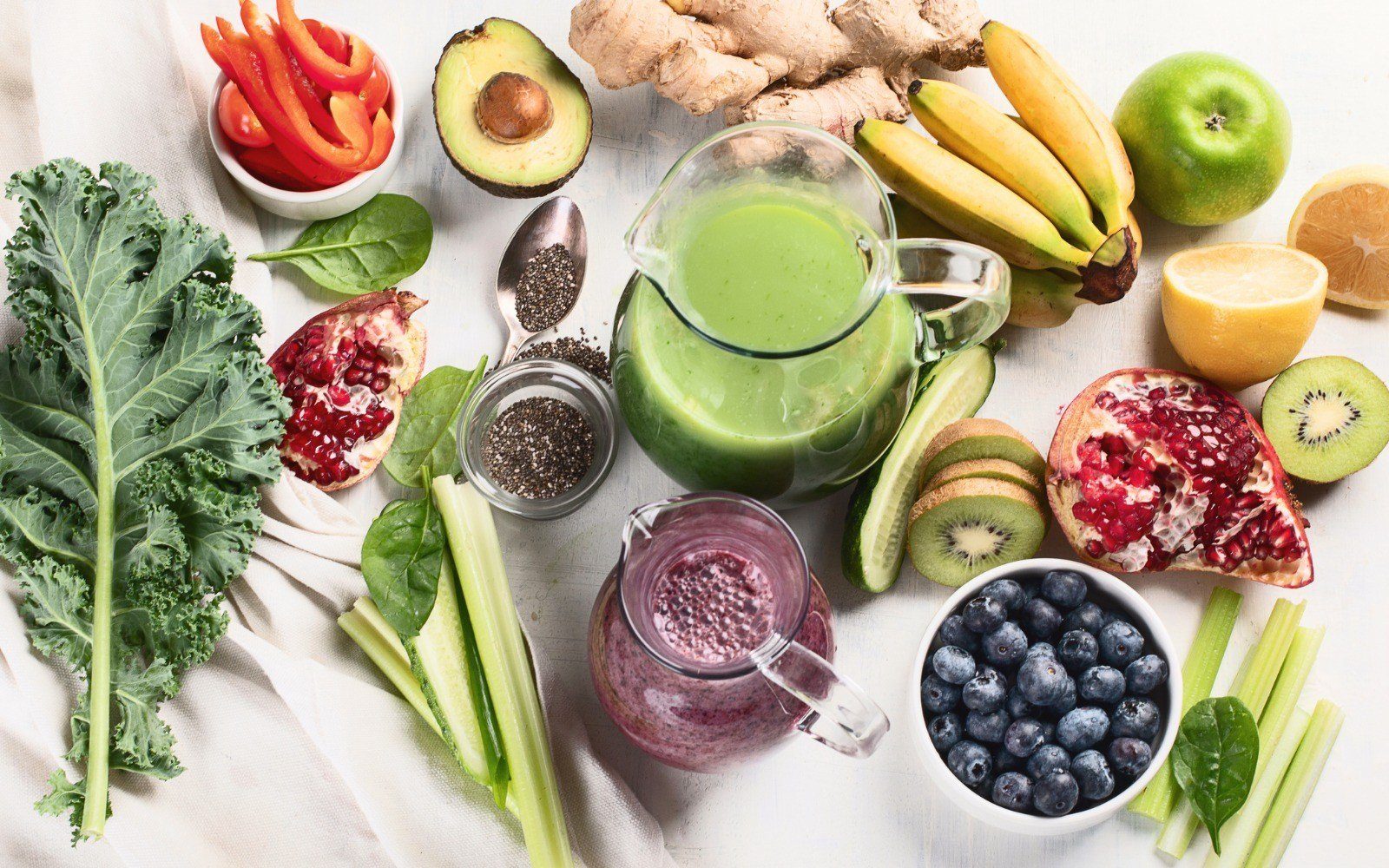According to the U.S. Dietary Guidelines, fruits and vegetables should be half of what we put in our bodies every day. A lot of us find it difficult to follow this rule - a 2015 study by the Centers for Disease Control and Prevention found that only 1 out of 10 Americans consumes the recommended amount of fruits and vegetables daily.
If you fall in this statistic, you should whole-heartedly try to consume more fruits and vegetables every day. Fruits and vegetables provide essential vitamins like A, C and K, fiber, potassium, and magnesium. They also may reduce the risk of long-term health conditions.*
Federal guidelines suggest that adults eat at least 1½ to 2 cups per day of fruits and 2 to 3 cups per day of vegetables depending on their age and sex.
Here are eight easy and creative ways you can increase your fruit and vegetable intake.
1. Substitute your snacks
Greasy and unhealthy snacks do more damage to your body than you may realize. When you are craving a snack, cut some fruits and vegetables in a bowl. You can opt for fruits such as apples, bananas and oranges. Your veggie snacks can include bell peppers, carrots, broccoli florets, celery sticks, cucumbers, and anything else you like.
2. Fruit and Veggie Vitamins
When you're having trouble adding fruits and vegetables directly to your diet, you can opt for fruit and veggie vitamins that will offer similar benefits. FeelGood Superfoods Vita Fruits + Veggies contain a superfood blend of 25 fruits and veggies, plus essential vitamins. You can take these supplements everyday at a fixed time to never miss out on the goodness of fruits and vegetables.
3. Breakfast smoothies
One of the easiest ways to consume more fruits and vegetables is to experiment with smoothie recipes. Have fun trying out different combinations of fruits and vegetables every day; chances are that most of them will turn out to be delicious. Smoothies are a great breakfast option because they are nutritious, easy to make, and filling. You can add superfood powders to your smoothies to increase nutritional intake further.
4. Get creative with your recipes
You will be surprised at how innovative you can get with vegetables and fruits in the kitchen. Take some of your favorite recipes and do some simple veggie swaps. For example, a lettuce wrap for your burger, or zucchini noodles for your pasta. You can also use produce to replace meat, like shitake mushrooms instead of bacon!
5. Have a meat-free day
Sometimes, the best way to eat more fruits and veggies is to hold yourself to a pattern. Organize a meat-free day every week and create meals centering around fruits and vegetables instead of treating them as sides. Fruits can make for delicious desserts while vegetables can be highly versatile. Use spices like turmeric, ginger and garlic to make everything taste amazing.
6. Find the right dips and dressings
Tasty dips and dressings can make a world of difference to your regular vegetable or fruit salad. Once you find your favorites, there will be no going back. Dipping celery in a spinach hummus dip is a great source of nurients.
7. Opt for variety
The word ‘boring’ is commonly associated with the fruits and vegetables we eat frequently. If you want to feel excited about your fruits and veggies, keep trying new variants of each. Visit an Asian Market or your local farmers market and buy something you have never had before.
8. Meal prep
Sometimes we are too caught up in work to be aware of our fruit and vegetable intake. Chop and freeze vegetables and fruit on a rainy day to enjoy later on.
Let’s eat healthy together!

